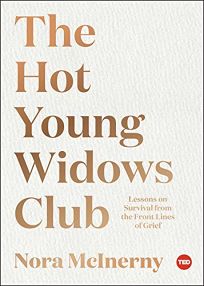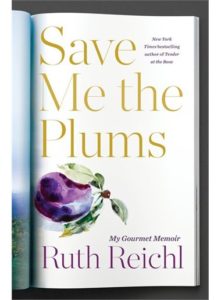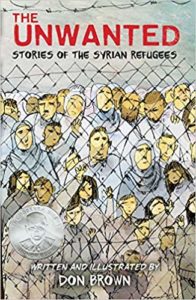The Great Gatsby: A Graphic Novel Adaptation by K. Woodman-Maynard, based on the novel by F. Scott Fitzgerald
Just so you know where I’m coming from, I’m not a fan of F. Scott Fitzgerald. Being introduced by way of forced dissection of a lesser known novel in literature class did not help. I’m amazed that I kept reading American literature after that, I was so turned off by the experience. I shudder recalling it.
This is a redemption story, however. Thanks to author and illustrator K. Woodman-Maynard’s illustrated adaptation of The Great Gatsby, I’ve remembered the importance of second chances and have been reminded that looking at things from someone else’s perspective can open the door to understanding.
Instead of presenting a literal, paragraph-by-paragraph depiction of Fitzgerald’s work, Woodman-Maynard blends a dreamy, evocative art style with passages of text to capture the mood of the novel. Using a combination of watercolor and digital media, she brings the story to life concisely, accessible to a 21st-century audience without sacrificing its tone or message.
Her art is ethereal–a wash of watercolor, usually one or two colors each spread save for the party scenes, flowing across the page and shaped by light inkwork. I felt as if I were part of the privileged dreamscape inhabited by Gatsby & Company, following the crowd from one mansion to another in search of the bigger picture.
Shapes flow around the panels much as the watercolor does. Draperies and table linens and fashionable clothing swirl and dip and twirl in a perpetual breeze. A scene in the first chapter describes two women lounging in a solarium on a spring day, “buoyed up as though upon an anchored balloon. It was as if they had just been blown back in after a short flight around the house.” Woodman-Maynard takes them on that flight, the women and the draperies on enormous French doors air swimming in circles until the ladies float gently to rest on a massive couch. Swirls and waves and circles appear throughout–as clouds, ocean surf, tree branches, champagne bubbles, garlands of paper lanterns. Text floats, too, in clouds and on the surf, and is found hanging in trees, wrapped around furniture, plastered on buildings, and looming in the shadows.
Colors are muted, thin in places, with even the bolder shades feeling somehow languorous. Yellow pops up in party scenes and times of gaiety or when the characters remember happy times or try to forget their current emptiness. Yellow pairs with blue when possibilities appear, when there is promise and hope. Red and pink and blue and purple populate the bulk of the panels, shifting in depth and tone along with the narrative. Blue and green bookend the story on the cover, the title page, and the last panel. Grey and brown permeate scenes with characters outside the privileged social circle.
The Great Gatsby: A Graphic Novel Adaptation blew me away with its aching beauty. It made me want to try the original novel–something I never thought I would do. I almost didn’t pick up Woodman-Maynard’s adaptation because of my negative experience with the original. I’m very glad that I did, and I’m glad to experience the novel from a different perspective.
Graphic novel adaptations (including manga, Japanese-style comics) of literary works have the ability to engage readers without completely divorcing them from the text or veering drastically off-course with the story. They can enrich literature for students and everyone else by making it easier to visualize the plot, characters’ inner thoughts and motivations, and a variety of other story elements. Readers can discover new ways of interacting with the text which, in turn, can enhance understanding of setting, tone, symbolism, and more.
Woodman-Maynard’s take on The Great Gatsby is a valuable tool for high school and college students, and it offers an accessible entry point for adults to enjoy graphic novels or literary works. I read it using the Libby app which provides easy enjoyment of the text with full-screen, two-page spreads in an uncluttered viewing area. There’s no intruding dashboard or progress marker blocking the art; those appear at the reader’s convenience. The Library has a growing collection of illustrated literary works in both electronic and paper formats. Whether it’s through Libby and Hoopla or on the shelves, there are titles for adults, kids, and teens to explore. Happy reading!

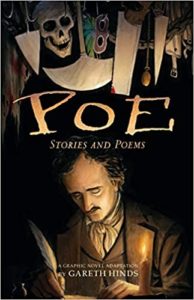
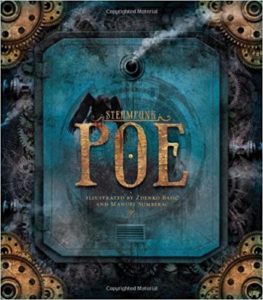 Poe: Stories and Poems, a Graphic Novel Adaptation, by Gareth Hinds
Poe: Stories and Poems, a Graphic Novel Adaptation, by Gareth Hinds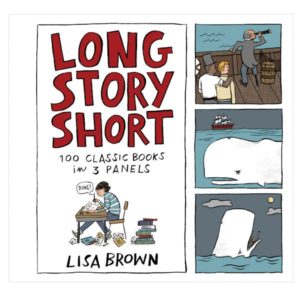
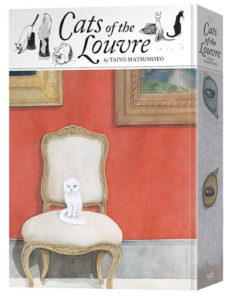
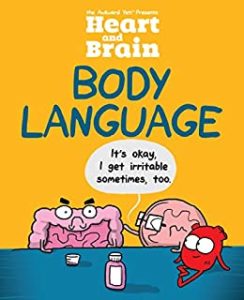
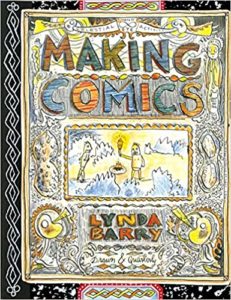 Heart and Brain: Body Language by Nick Seluk
Heart and Brain: Body Language by Nick Seluk t
t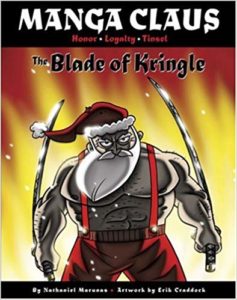 hings I like best about the holiday season are the stolen moments of quiet amidst the hustle and bustle–lovely, little gifts of reading or listening time when least expected, so I try to have a book of some sort at hand. Since Thanksgiving weekend, I’ve already managed to squeeze in some titles that were on my hold list. Here are two quick (and vastly different) reads I’ve recently enjoyed and am excited to share with you.
hings I like best about the holiday season are the stolen moments of quiet amidst the hustle and bustle–lovely, little gifts of reading or listening time when least expected, so I try to have a book of some sort at hand. Since Thanksgiving weekend, I’ve already managed to squeeze in some titles that were on my hold list. Here are two quick (and vastly different) reads I’ve recently enjoyed and am excited to share with you.